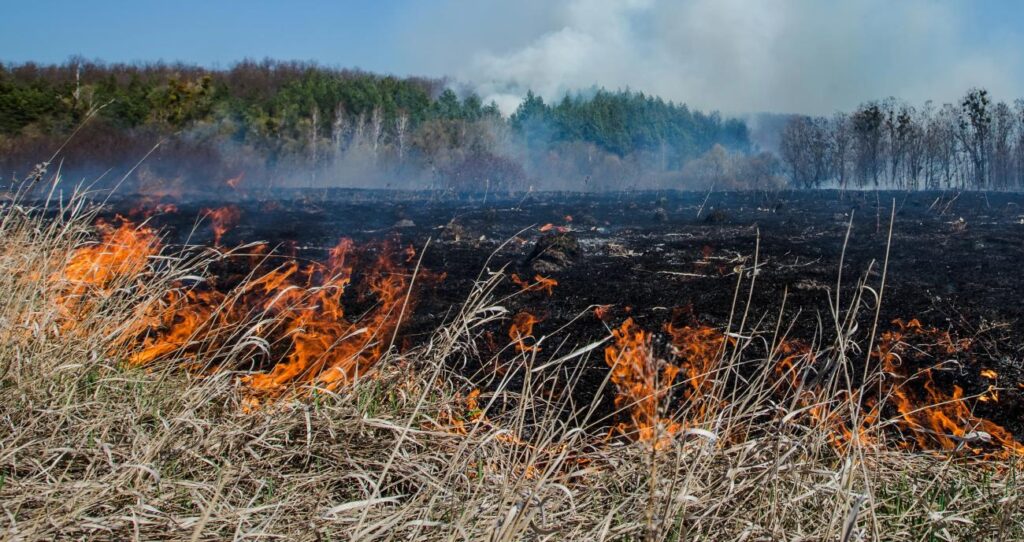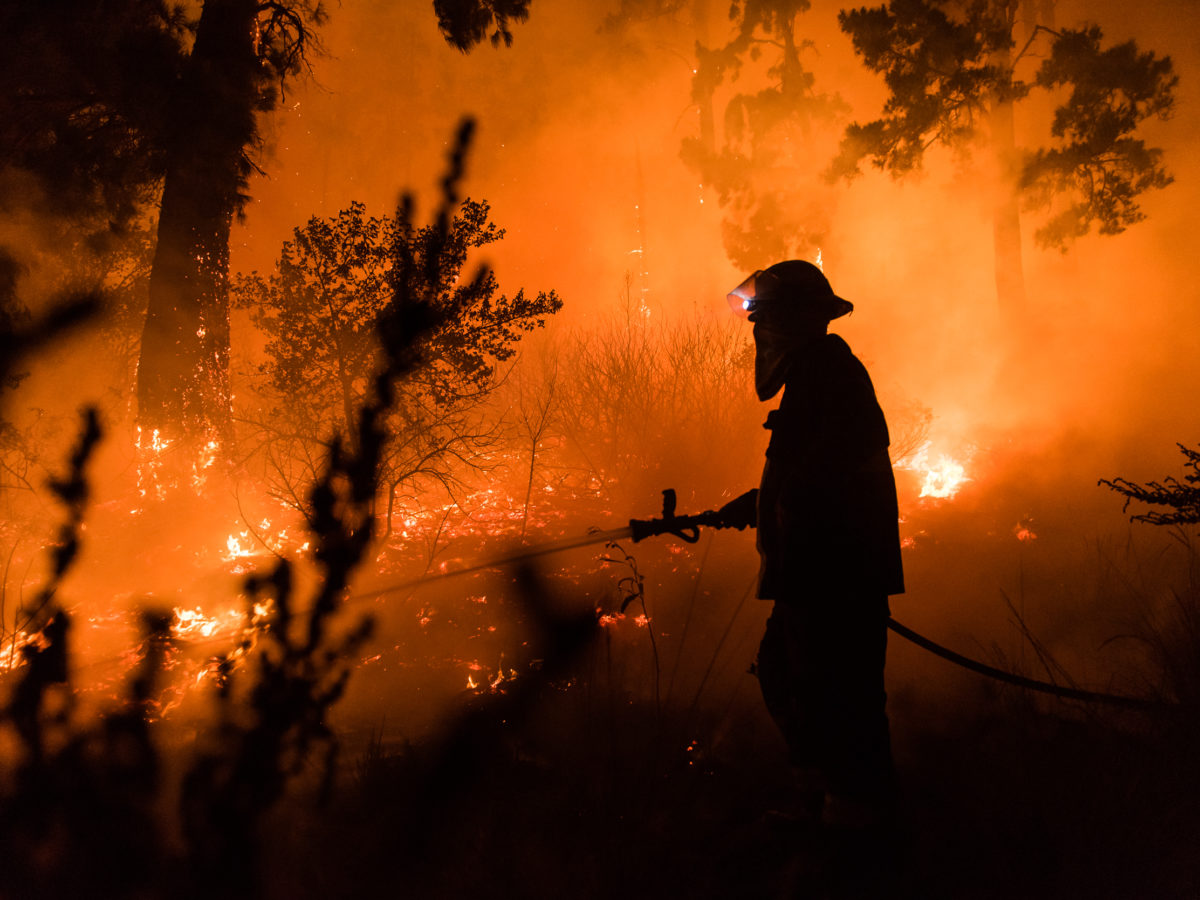2nd June 2025, 10:00AM
Context: Why in News?
In May 2025, wildfires in Manitoba, Canada’s central province, escalated rapidly, prompting evacuation alerts, air quality warnings, and deployment of emergency firefighting resources. These wildfires come amid a record-breaking fire season across Canada, following patterns observed in 2023 and 2024, when wildfire intensity, frequency, and geographical spread reached unprecedented levels.

Understanding the Manitoba Wildfire Crisis
Geography and Forest Composition
Manitoba lies in the boreal forest zone, which is highly flammable during dry seasons. The province’s dense coniferous forests, extensive peatlands, and lightning-prone summer conditions make it a hotspot for wildfires.
Drought and Heatwave Conditions
The fires in 2025 follow a prolonged dry spell, with soil moisture levels below historical norms. Extreme temperatures and low humidity have worsened the flammability of vegetation, contributing to rapid fire spread.
Emergency Evacuations
Thousands of residents, including First Nations communities, were evacuated from towns like Cranberry Portage, with provincial authorities issuing critical alerts. Emergency shelters were set up in Winnipeg and nearby safe zones.
Smoke and Air Quality Impacts
Smoke from the Manitoba fires severely deteriorated air quality across Central Canada and parts of the United States. The Air Quality Health Index (AQHI) touched dangerous levels in regions as far south as Minneapolis.
Firefighting and International Assistance
Canada’s Interagency Forest Fire Centre coordinated the response using air tankers, ground crews, and satellite imagery. Firefighters from provinces like Alberta and British Columbia were redeployed, with international support requested from the United States and Australia under emergency protocols.
Environmental Damage
Beyond immediate destruction, the fires are damaging carbon-rich peatlands, releasing massive amounts of greenhouse gases. Wildlife corridors and migratory bird habitats in Manitoba’s boreal ecoregion are also under severe threat.
Indigenous Communities at the Frontline
Several Indigenous communities in northern Manitoba have faced repeated displacements, losing access to hunting and fishing grounds. Indigenous leaders have called for climate adaptation funds, fire-resilient housing, and forest co-management frameworks.
Role of Climate Change
Scientific consensus now firmly links rising wildfire severity in Canada to global warming. Studies by Environment and Climate Change Canada (ECCC) indicate that climate change has doubled the likelihood of extreme fire seasons in the country’s boreal belt.
Economic and Infrastructure Losses
The wildfires have disrupted rail and road transport, damaged hydroelectric transmission lines, and threatened mining operations—especially in northern Manitoba. The total economic impact is still being assessed but is expected to run into hundreds of millions of dollars.
Global Repercussions
Manitoba’s fires are not isolated. In 2025, Canada, Siberia, Australia, and the Amazon Basin have seen synchronized wildfire outbreaks. These megafires affect global atmospheric circulation, contribute to Arctic ice melt, and exacerbate the planetary carbon budget crisis.
Wake-up Call for Climate Governance
The Manitoba wildfires are not just a Canadian emergency — they are a planetary signal. They underscore the urgency of climate-resilient forest management, early warning systems, and indigenous-led adaptation strategies.
As the fire lines spread, so must our resolve to treat climate disasters not as seasonal anomalies, but structural crises. The flames in Manitoba must light the path for climate action, not just carbon calculation.


